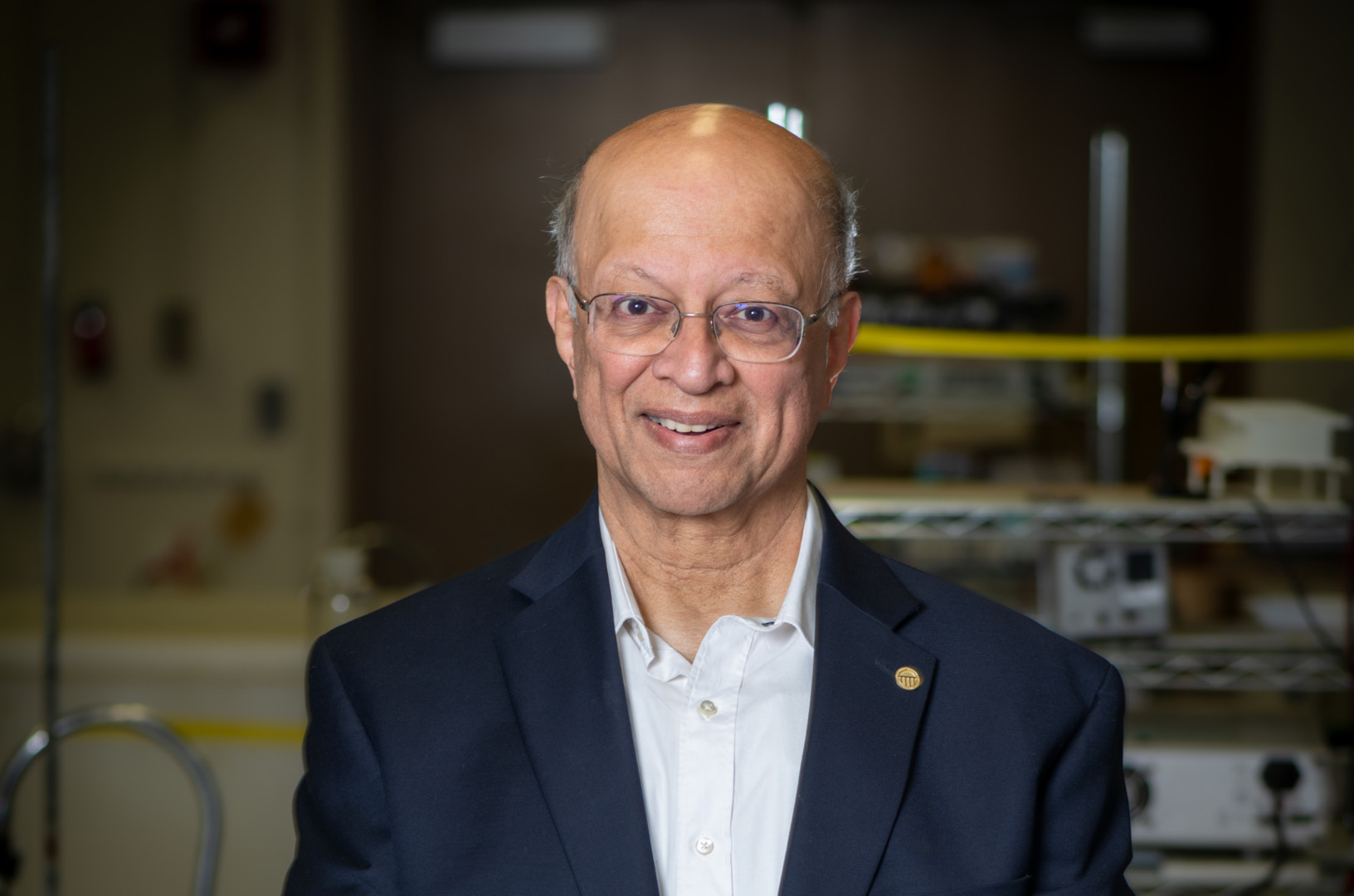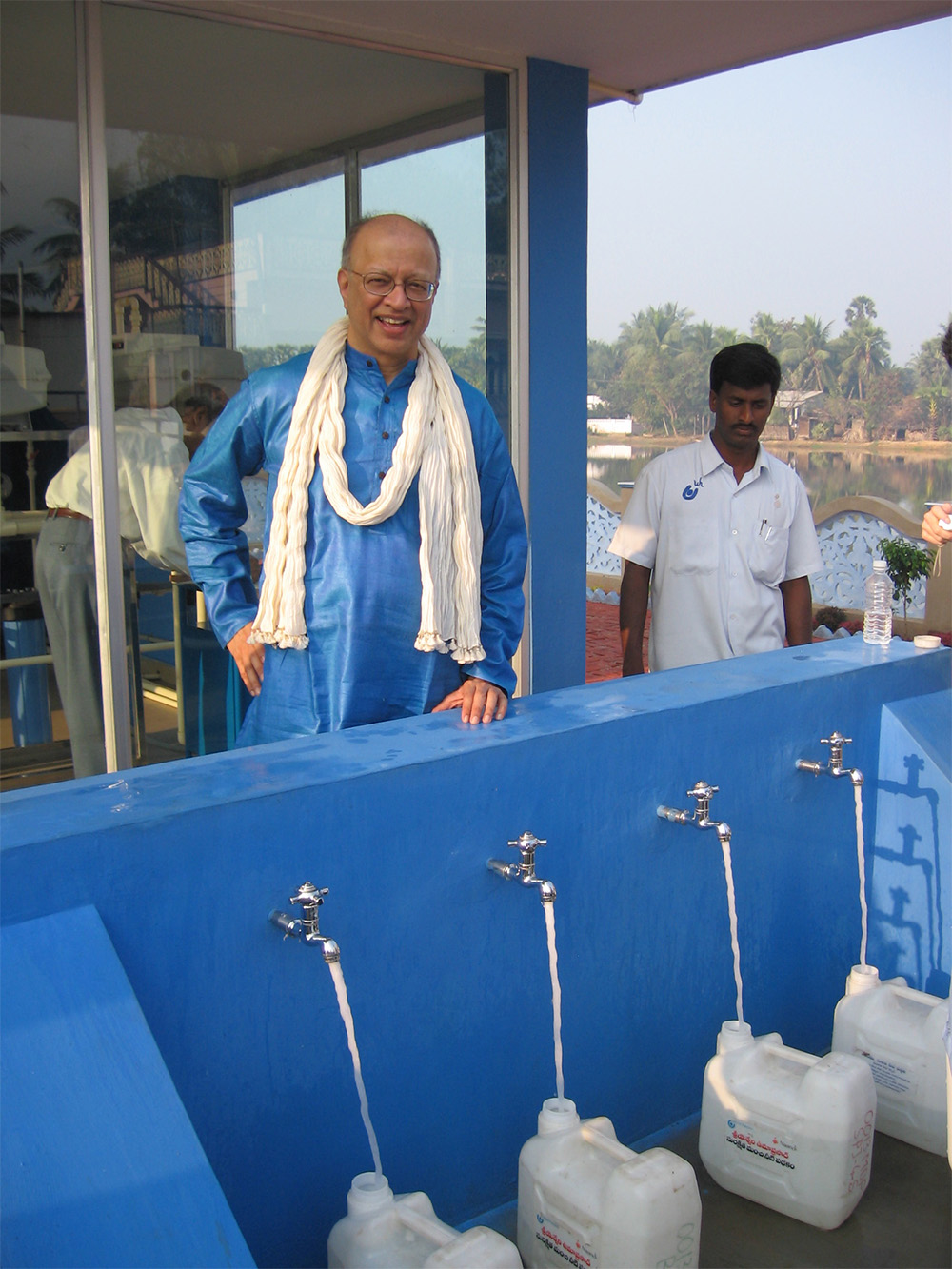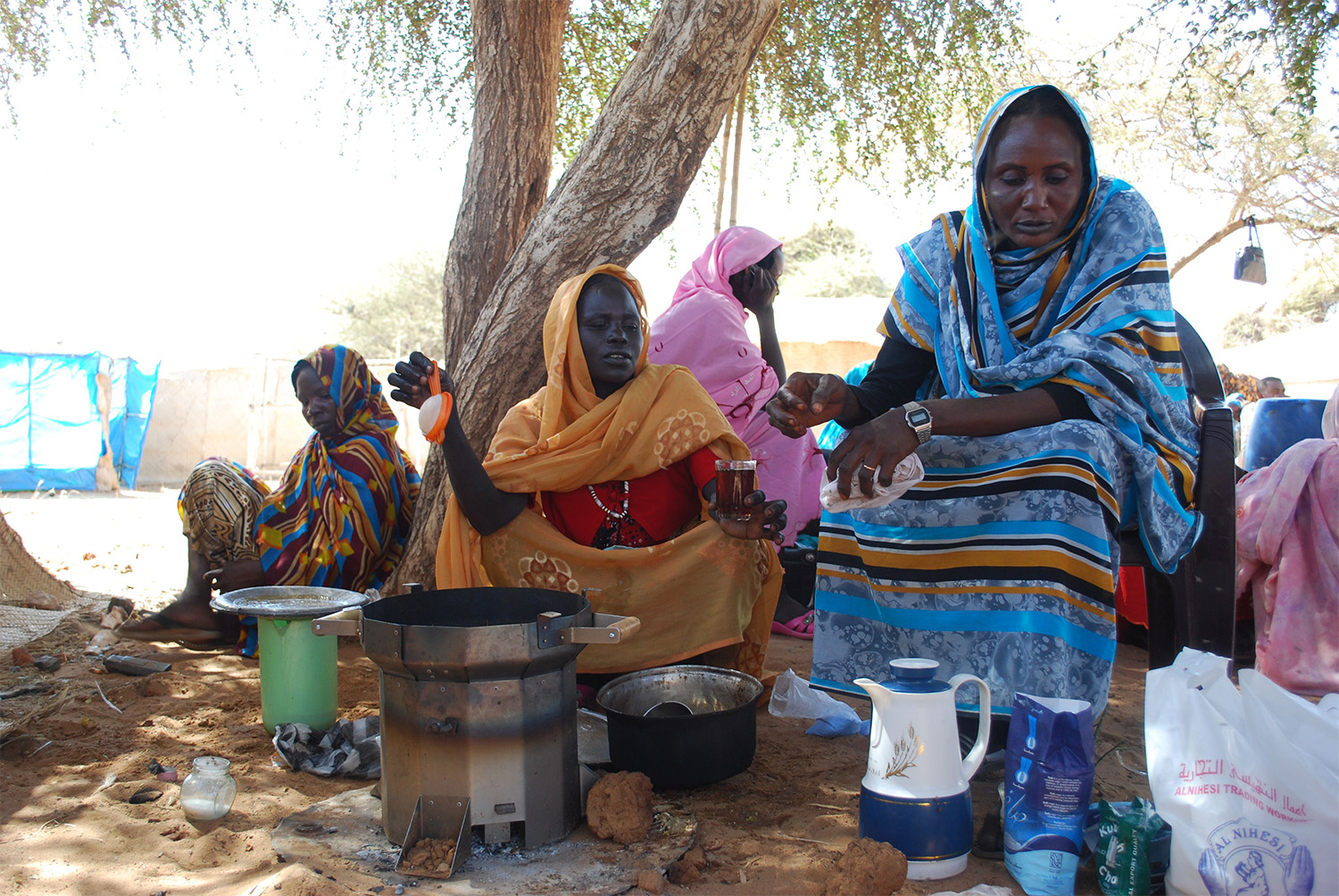‘Have the Intentions and the Solutions Will Be There’: Ashok Gadgil on Helping the Developing World

Growing up in Mumbai, India in the 1950s, Ashok Gadgil remembers his small apartment overflowing with books. “My dad was a member of a number of libraries and he would bring in a dozen books at a time,” he fondly recalls. These early experiences contributed to his growing curiosity and awareness of the world, and subsequently, his interest in science.
Gadgil earned degrees in physics from the University of Bombay (now Mumbai), the Indian Institute of Technology Kanpur, and his Ph.D. from UC Berkeley. He then joined Lawrence Berkeley National Laboratory (Berkeley Lab) in 1980, and retired earlier this year as a faculty senior scientist; he is now an affiliate retiree of the Berkeley Lab. He formerly served as the division director of the Environmental Energy Technologies Division – now the Energy Technologies Area (ETA). He is also a distinguished professor emeritus of civil and environmental engineering at UC Berkeley.
Throughout his career, he has been recognized both nationally and internationally for his humanitarian work creating technological solutions for the developing world, including wide-scale implementation of efficient electric lighting in low-income households in developing countries, UV Waterworks, the Berkeley-Darfur Stove, ECAR (ElectroChemical Arsenic Removal), and an infant warming device.
On Oct. 24, Gadgil was awarded the White House’s National Medal for Technology and Innovation “for providing life-sustaining resources to communities around the world. His innovative, inexpensive technologies help meet profound needs from drinking water to fuel efficient cookstoves. His work is inspired by a belief in the dignity of all people and in our power to solve the great challenges of our time.” He is the second person in the Lab to be awarded this medal, one of the nation’s top recognitions, after the late Berkeley Lab Distinguished Scientist Emeritus Art Rosenfeld.
Gadgil reflects on his extensive career in this Q&A.
Q. What drew you to the field of science?
Gadgil: I was drawn to science because, in some sense, it is grounded in objective reality. It seemed like there was some objective universal thing that I could learn, and I was fascinated. The most fundamental of the subjects was physics, so that’s what I was interested in. I knew very early on that I wanted to be a scientist, and very soon thereafter that I wanted to be a physicist. Nobody I knew had a Ph.D., and I didn’t even know that you had to get a Ph.D. to learn to do research. But what matters is your curiosity and the fire in your belly, and wanting to somehow, make a difference.
Q. How did you get started in your work?
Gadgil: I came to UC Berkeley to do my Ph.D. in 1973, and on coming to the United States I realized how amazingly opulent the U.S. was compared to India. Americans were putting more fertilizer on their front lawns than all of India was putting on all of its agriculture. It was truly mind boggling. I don’t mean opulence in the sense of going to the opera. To me, it was even having a telephone in the house – the old-fashioned rotary-dial telephone – because my parents didn’t have one. That made me feel that doing pure physics was not going to be satisfactory for me. I have to figure out something that will make lives a little better for those who are born in less fortunate societies, less fortunate countries, and less fortunate circumstances.
Fortunately, along the way, I met Art Rosenfeld, who was a professor of physics battling the energy crisis. Here was a top-notch guy, world-class in his field, who was trying to solve a real practical problem by applying his physics insights and relentless and razor-sharp intelligence. I became his graduate student and I learned so much from him in terms of how to do world-class science. Art and I didn’t work together on the same problems, but we were close enough that I still owe the largest debt to him and to the Lab for my intellectual growth and for learning how to do team science. We are facing problems whose solutions matter far more than the individual glory or credit.
 Q. What drives you to pursue this work?
Q. What drives you to pursue this work?
Gadgil: The world is not a fair place. I try to bend my knowledge of science, engineering, and my creativity to make it a little less unfair for the people who are holding the short end of the stick. If I can make that difference, go even a little bit in that direction, I think that’s fantastic.
It’s like this. You see a problem and you have the knowledge, creativity, and imagination to see that it is possible to solve that problem effectively and affordably, but nobody is doing it. When I’m in that situation – and often I am – then it’s almost like a compulsion to bring that knowledge and creativity together, understand the problem, and solve it. Because that aligns with my values and my motivation.
I’ll add that, throughout my time at the Berkeley lab, I was never directly asked and paid to do what I did for developing the field of development engineering, UV Waterworks, the Berkeley-Darfur stoves, or the arsenic remediation work, and so on. The Lab allowed me to do all of these because we have so much talent and resources lying around, and the Lab gives you the intellectual freedom to do that.
Q. What do you find the most rewarding in your work?
Gadgil: I think the joy of discovery and inventing is amazing. The opportunity to work with some of the brightest people in the research field just by being here and being in Berkeley is a joy. We have pretty much an open-door policy for everybody, which is a wonderful tradition that Berkeley Lab has had from the beginning. I could just go up to anybody, even 20 years my senior, and say, “Here, I have an idea. What do you think is wrong with it?” And that’s okay. The Lab is all about team science, and that’s really wonderful.
Another thrill is to see the impact of the work in the real world, to not just invent something like UV Waterworks, but to actually visit the people using it in really remote villages in rural India. When I visited a refugee camp in Darfur, a couple came up to me and asked me my name. After I told them, they said, “We are going to give that as the middle name for our child.” I was totally blown away. I was humbled. These moments are hard to forget.

Q. What values are the most important to you in your work?
Gadgil: I emphasize to my students that it is more important to make small progress on a big problem than to make big progress on a small problem. Also, when doing field trials or testing to see how it works in a community, it is really important to be true to the science and never take shortcuts because it’s not about PR. It’s about actually delivering the goods at a price that the local people can afford without compromising on whatever you claim you are delivering. There’s also a big insistence on not harming the community in the name of some kind of higher goal.
So those are the two non-negotiable values. Make sure you deliver something that actually works well, delivers value at an affordable price, and solves a problem. At the same time, do it in a humble way, where you listen to the community and respect them. Don’t use them as a way to get privileges somehow, to just get your paper published.
Q. How do you feel about receiving the National Medal of Technology and Innovation (NMTI), the nation’s highest honor for technological achievement?
Gadgil: This is quite unusual for the NMTI to recognize technology inventions that address ignored communities. It normally goes to people who invented the internet or spectacular things in rocket science, literally. I know that the work I do is pretty much backwater stuff, because it is about people who are in the backwater. If I work on solutions for them, I should also expect to be in the backwater. But that’s okay, because you have to choose to give meaning to your life out of whatever you think is worth doing, not what other people think is worth doing. I consider all human lives to be valuable, even those in the backwater, those who are ignored.
Q: What’s next on the horizon for you? What are you working on now?
Gadgil: I’m working on removing arsenic from groundwater effectively, affordably, and without wasting any water. That idea came out of an LDRD (Laboratory Directed Research & Development) program which I applied for and got funded back in 2005 at the Lab. Since then, the work has progressed steadily to where there are now two community-scale plants routinely operating in India, each plant serving 5,000 people, selling them safe drinking water for about 1 cent a liter. With those sales, they are able to pay for the operation, maintenance, and salaries, and even make a small profit.
Now, we are bringing that technology back to the U.S., to California’s Central Valley because there is a substantial arsenic problem. Many low-income rural communities there have no other water to drink other than their groundwater, which is arsenic contaminated. Some people drive 10, 20 miles away to a nearby town that has a municipal water supply and buy drinking water twice or thrice a week. That makes them also more vulnerable economically because it’s expensive and takes time. But now, we can use this technology, or actually its more advanced version, to design and build a local water filling station for them based on their own groundwater. The National Alliance for Water Innovation (NAWI) based at the Berkeley Lab is in discussions with us for such a pilot project in California Central Valley to be started in 2023.

Q. How can we continue to work towards a sustainable future for all?
Gadgil: Former UC Berkeley researcher Kentaro Toyama, now at the University of Michigan, often says that technology is an amplifier of human intentions. I fully agree. If you don’t have an interest in making the world a fairer place, technology is not going to make it fairer. If you don’t have the intention of reducing inequality or inequitable access to energy services, or educational opportunity, technology is not going to fix that problem. So, intentionality for a just and sustainable future is central. We have so much STEM knowledge and with it we have near-incredible, near-magical, abilities. People with training in STEM and with intentions to make the world a better place, have amazing power to do so. Societally, we just have to have the strong intention for a just and sustainable future for all, and the solutions will be there, they are within reach.
This article originally appeared at the Berkeley Lab News Center.